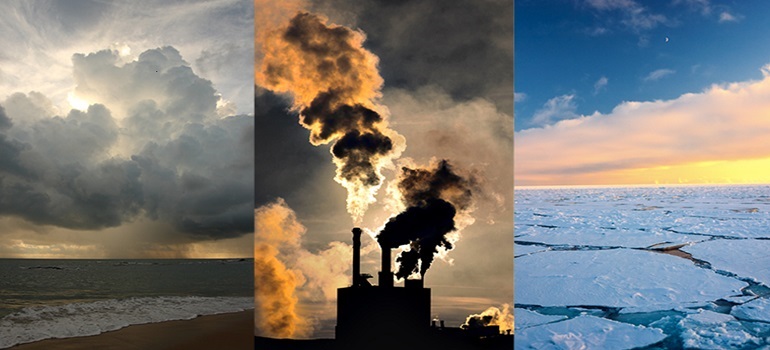
The current period of climate change may be unparalleled over the last 100 million years, warn scientists who discovered a flaw in the way past ocean temperatures have been estimated up to now.
According to the methodology widely used by the scientific community, the temperature of the ocean depths and that of the surface of the polar ocean 100 million years ago were around 15 degrees higher than current readings.
However, researchers, including those from the French National Center for Scientific Research (CNRS), have found that ocean temperatures may, in fact, have remained relatively stable throughout this period, raising serious concerns about current levels of climate change.
“If we are right, our study challenges decades of paleoclimate research,” said Anders Meibom, from the Swiss Federal Institute of Technology in Lausanne (EPFL).
For over 50 years, the scientific community based its estimates on what they learned from foraminifera, which are the fossils of tiny marine organisms found in sediment cores taken from the ocean floor.
The foraminifera form calcareous shells called tests in which the content of oxygen-18 depends on the temperature of the water in which they live.
Changes in the ocean’s temperature over time were therefore calculated on the basis of the oxygen-18 content of the fossil foraminifera tests found in the sediment.
According to these measurements, the ocean’s temperature has fallen by 15 degrees over the past 100 million years.
All these estimates are based on the principle that the oxygen-18 content of the foraminifera tests remained constant while the fossils were lodged in the sediment.
Until now, nothing indicated otherwise: no change is visible to the naked eye or under the microscope, researchers said.
To test their hypothesis, they exposed these tiny organisms to high temperatures in artificial seawater that contained only oxygen-18.
Using a NanoSIMS (nanoscale secondary ion mass spectrometer), an instrument used to run very small-scale chemical analyses, they then observed the incorporation of oxygen-18 in the calcareous shells.
The results, published in the journal Nature Communications, show that the level of oxygen-18 present in the foraminifera tests can in fact change without leaving a visible trace, thereby challenging the reliability of their use as a thermometer.
“What appeared to be perfectly preserved fossils are in fact not. This means that the paleotemperature estimates made up to now are incorrect,” said Sylvain Bernard, from the Paris-based Institute of Mineralogy, Materials Physics and Cosmochemistry.
Rather than showing a gradual decline in ocean temperatures over the past 100 million years, these measurements simply reflect the change in oxygen-18 content in the fossil foraminifera tests, researchers said.
Source: PTI
